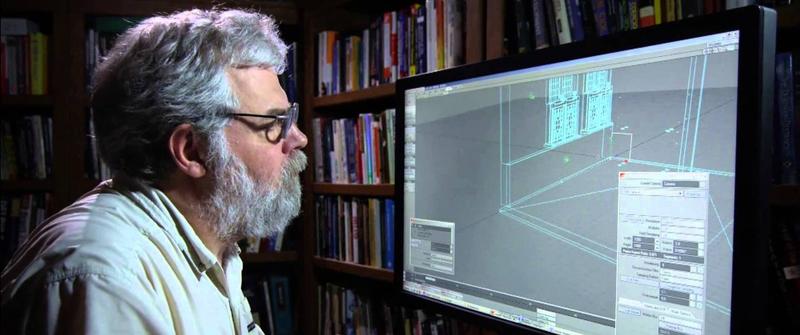
Tim’s Vermeer
Technologist and inventor Tim Jenison is convinced that Vermeer’s paintings must have been accomplished with the aid of some sort of technology. He eventually forms a theory that Vermeer may have used a camera obscura beamed onto an angled mirror, then used the edge of the mirror as a reference point for which to accurately match colours.
After a successful test with a photograph, Jenison rents a warehouse and recreates the room in The Music Lesson, then sets about painting using the process he devised. End to end the whole project took years and the finished painting bears an uncanny resemblance to the original - if only in style.
Critics have denounced the film saying that it’s mere imitation, some have even accused Jenison of being a cynic, desperate to rationalise what he deems impossible. For my money that’s much too harsh on the film makers - they are simply trying to show that it could have been done this way. At no point do they say that anyone with a mirror could paint with the same skill as Vermeer.
The very fact it has sparked such debate makes it a success. How much ‘help’ is one supposed to have before they have crossed the ‘cheating’ line? The question is only overtly touched upon by David Hockney in the film, but it hangs over the whole thing and raises interesting questions on the nature of inspiration.
Like so many great documentaries about interesting people, Tim’s Vermeer is really about obsession. An obsession to prove a point. An obsession to achieve a goal. An obsession with connecting to the great masters.
Maybe the film doesn’t quite have the legs to take it to a full feature-length but seeing all the evidence laid out is fascinating, and seeing one man go to extreme lengths to tie it all together puts it a level above its peers.